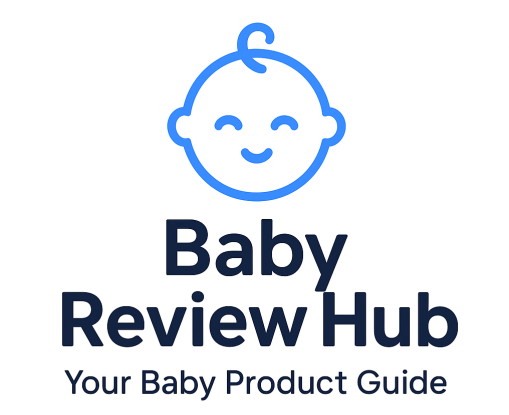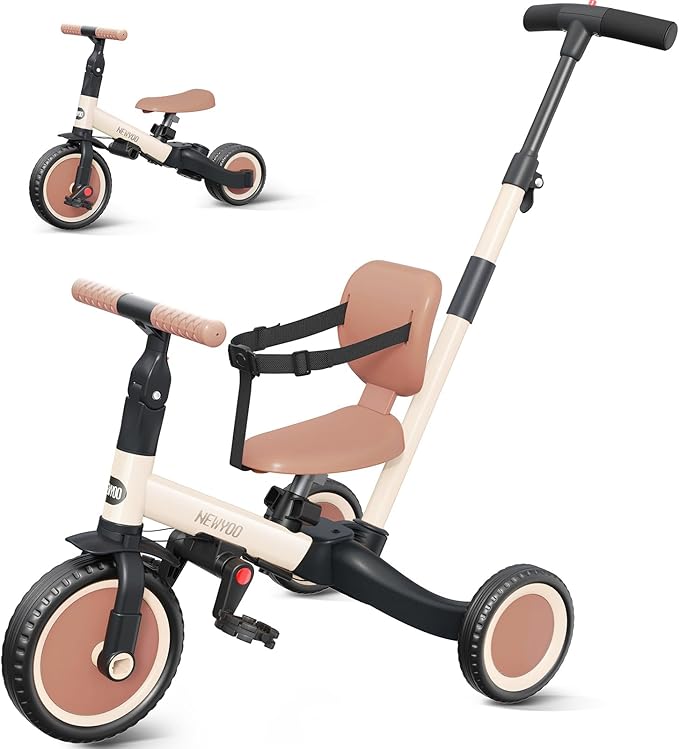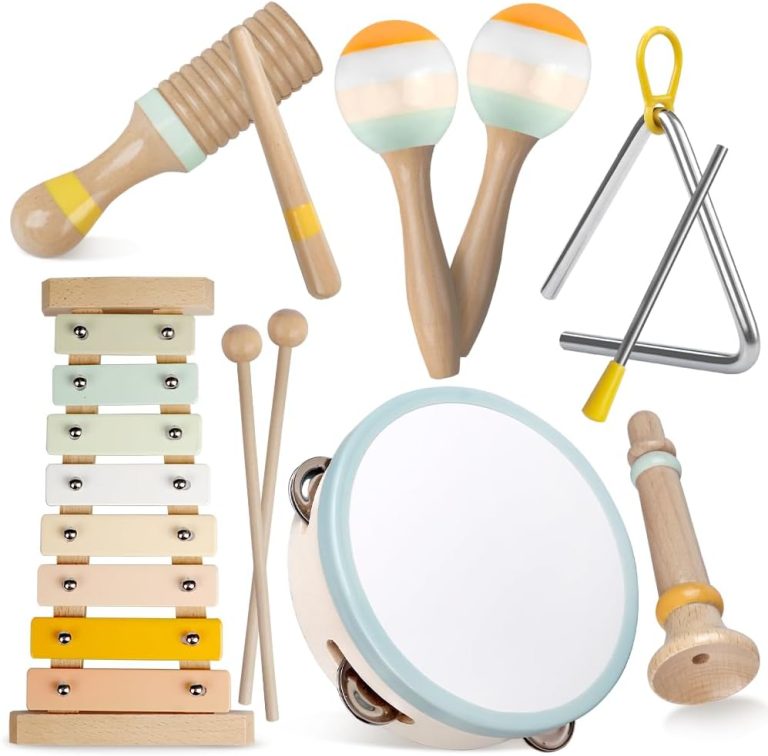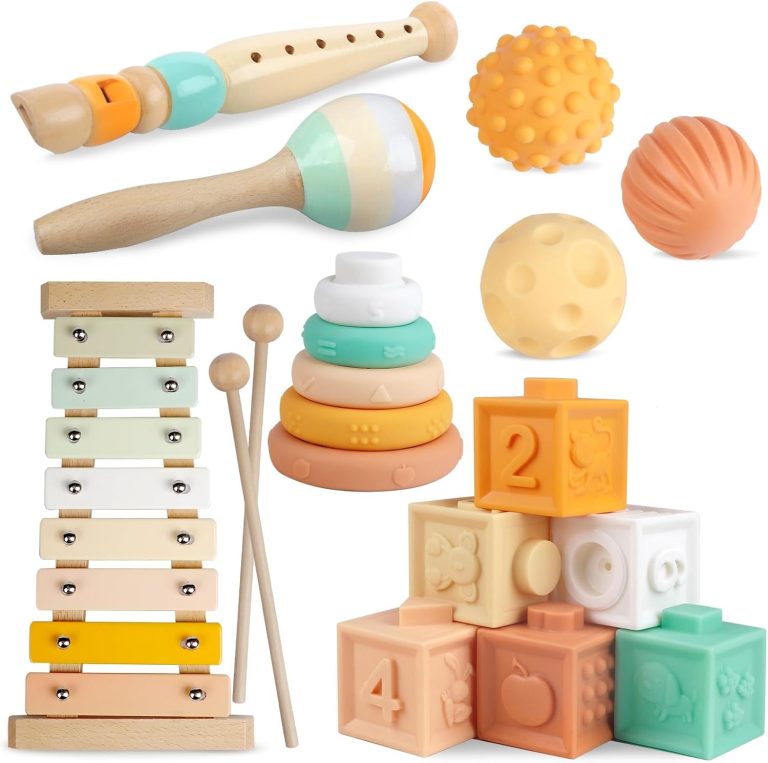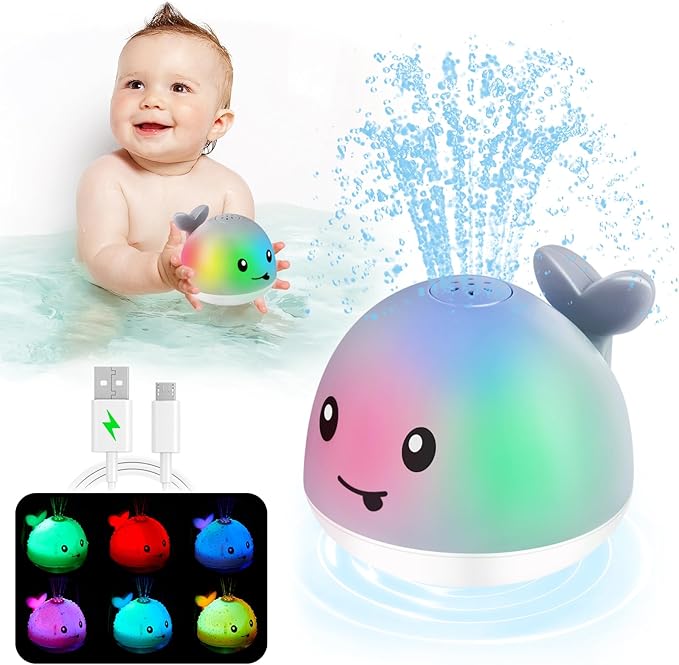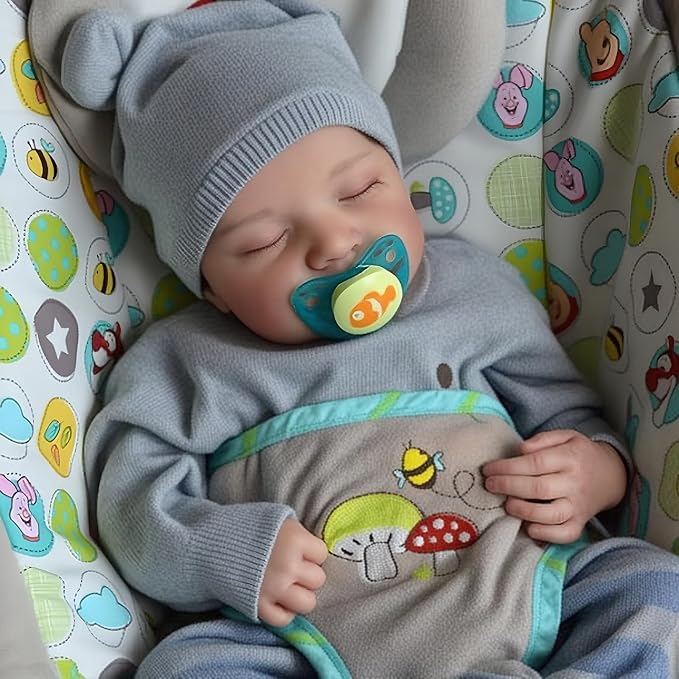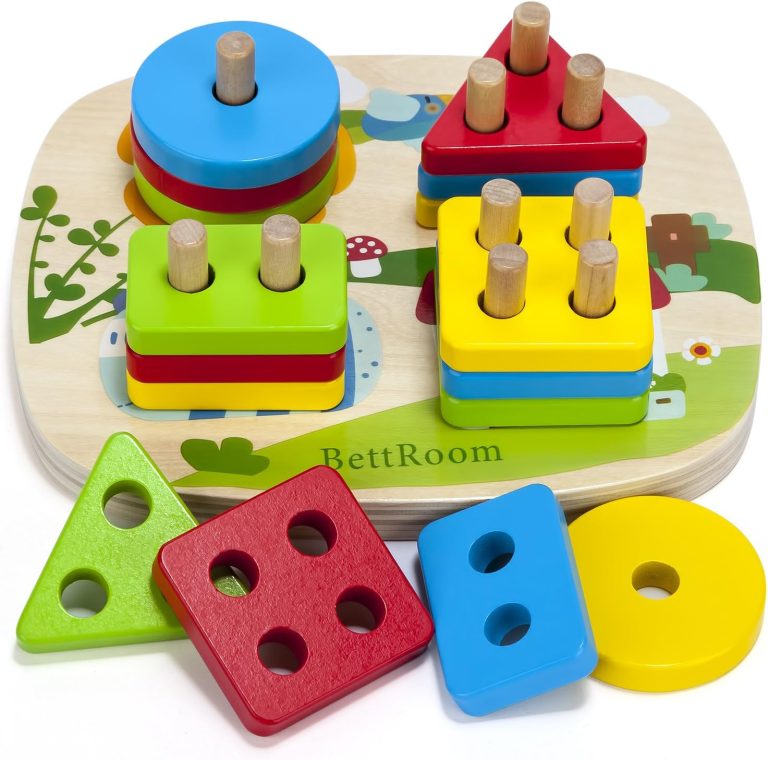🚲 Best Baby Bikes, Seats & Accessories in 2025: Complete Parent’s Guide
Introduction: Why Baby Bikes Matter
Cycling with a baby isn’t just about fun — it’s about creating meaningful, active family time while supporting your child’s early development. From the very first ride, biking together helps build coordination, balance, and confidence in a safe environment. It also encourages toddlers to explore the outdoors, develop curiosity about their surroundings, and enjoy fresh air and physical activity from an early age.
With so many options available on the market, parents often find themselves asking: When can I safely start biking with my baby? Which baby bike seats, balance bikes, or helmets are truly safe and reliable? It can feel overwhelming with so many brands, designs, and safety features to consider.
This guide aims to answer all these questions. We cover everything you need to know about cycling with your little one — from baby bike seats and balance bikes to trailers, helmets, and top-rated brands like RoyalBaby. By walking through each option carefully, this guide helps you confidently choose the right setup, ensuring your baby’s first biking experiences are both safe and enjoyable.
📝 Key Takeaways
-
Timing matters: Most experts recommend waiting until 9–12 months before placing your baby in a bike seat, when they can sit upright unassisted and wear a properly fitted helmet. Balance bikes can start around 18 months, depending on motor skill development.
-
Front vs. rear-mounted seats:
-
Front-mounted seats offer close interaction, bonding, and an engaging view for the baby, ideal for shorter city rides.
-
Rear-mounted seats provide more comfort, higher weight capacity, and longer ride suitability, though face-to-face interaction is reduced.
-
-
Balance bikes first: Lightweight, pedal-free bikes teach toddlers balance, coordination, and steering, making the transition to pedal bikes smoother.
-
Pedal bikes next: Once toddlers are ready, pedal bikes with training wheels or step-through frames allow them to enjoy more independence and build confidence in cycling skills.
-
Safety is non-negotiable: Always pair bikes and seats with certified helmets, ensure proper harnessing, and follow manufacturer guidelines for weight, age, and installation.
-
Alternative options: Trailers and toddler bike attachments provide extra stability, especially for longer rides or multiple children, and are often preferred for commuting or recreational family cycling.
-
Trusted brands: RoyalBaby, Thule, Hamax, and Strider consistently deliver durable, reliable, and child-friendly designs, making them top picks for 2025.
🍼 Baby Bike Seats: When & How to Start
Q: When can a baby ride in a bike seat?
Most experts recommend waiting until 9–12 months, when babies can sit upright unassisted and have enough neck and head control to wear a properly fitted helmet. At this stage, babies are typically strong enough to maintain balance and comfort while riding, and their bodies are ready for the gentle motion and bumps of a bike ride. Starting too early can compromise safety and may be uncomfortable for your baby.
Types of Baby Bike Seats
Front-Mounted Seats
Front-mounted bike seats are installed on the front of the bike, usually attached to the steerer tube or handlebars, and sit between the parent’s arms. This positioning allows parents to keep a close eye on their little one while cycling, providing peace of mind during every ride. Because the baby is within arm’s reach, these seats are especially suited for first-time riders, short trips around the neighborhood, or city commutes where frequent stops and interactions may be necessary.
Age/Weight Range:
Front-mounted seats are generally recommended for babies 9 months to 3 years, or up to ~33 lbs (15 kg). At this stage, most infants can sit upright unassisted, which is crucial for safe riding in a front-mounted seat.
Pros:
-
Close supervision and bonding: Being right in front allows parents to monitor the baby’s comfort, adjust straps if needed, and respond quickly to any signs of discomfort or distress. The baby can also see the parent’s face, which helps them feel secure and connected.
-
Engaging view: Babies can look ahead at the road and surroundings, offering a stimulating and interactive experience. Seeing the world from this perspective can spark curiosity and make each ride more enjoyable.
-
Quick communication: Parents can talk, sing, or point out sights easily, fostering early language development and social engagement during rides.
-
Compact design: Front-mounted seats tend to be lighter and smaller than rear-mounted options, which can make handling the bike easier, especially in urban settings with tight turns or crowded paths.
Cons:
-
Limited leg space for parents: Because the seat sits between your arms and near your legs, pedaling comfort may be reduced, particularly on longer rides or for taller parents.
-
Lower weight capacity: Front-mounted seats generally accommodate less weight than rear-mounted alternatives, limiting the time your child can use the seat as they grow.
-
Shorter ride suitability: These seats are better for shorter trips, as extended use may become uncomfortable for both parent and child, especially on rough terrain or longer excursions.
-
Bike compatibility: Not all bicycles are compatible with front-mounted seats; they often require a threaded headset and a sturdy frame capable of supporting the child’s weight safely.
💡 Parent Tip: Front-mounted seats are perfect for babies’ first cycling experiences, letting you introduce them safely to the joys of riding while fostering interaction, bonding, and confidence on two wheels. They are best for shorter city rides, errands, or park paths where close supervision is a priority.
Rear-Mounted Seats
Rear-mounted bike seats attach securely to the back of the bicycle, either on the frame or on a dedicated rack, and are often equipped with reclining options, adjustable harnesses, and footrests. This design allows toddlers to ride comfortably while giving parents more freedom to pedal without obstruction. Rear-mounted seats are particularly suited for longer rides, commuting, or when your child is older and heavier, providing a balance of comfort and safety for extended cycling sessions.
Age/Weight Range:
These seats are typically suitable for babies and toddlers aged 12 months to 5 years, or up to ~48 lbs (22 kg). By this age, most children can sit safely in a seat without additional head support and can enjoy longer rides while staying securely fastened in the harness.
Pros:
-
More parent legroom: Because the seat is behind the rider, pedaling is more comfortable and less restricted, making it easier to take longer trips without discomfort.
-
Higher weight capacity: Rear-mounted seats accommodate larger and older toddlers, meaning your child can continue riding safely as they grow.
-
Comfort features: Many models include reclining functions, adjustable footrests, and padded seats, which allow children to nap comfortably on longer rides.
-
Versatility for different rides: Rear seats are better suited for a variety of terrains, including bike paths, suburban streets, and even mild off-road trails, providing stability and balance with a low center of gravity.
-
Storage space: Some rear-mounted systems free up space at the front of the bike for baskets, panniers, or other accessories.
Cons:
-
Reduced face-to-face interaction: Since your toddler sits behind you, it’s harder to see subtle expressions, communicate directly, or respond immediately to discomfort.
-
Less engaging view for the child: Toddlers mainly see the back of the parent or the road ahead from a distance, which may feel less interactive than a front-mounted perspective.
-
Installation complexity: Rear seats often require more careful installation and compatibility checks, as weight distribution can affect bike balance and handling.
-
Bike handling: The added weight at the back can slightly alter the bike’s center of gravity, making sharp turns or sudden stops require extra care.
💡 Parent Tip: Rear-mounted seats are ideal for growing toddlers who can sit independently and for longer journeys where comfort and stability are priorities. Pair the seat with a properly fitted helmet, check the harness regularly, and make sure your bike is compatible for safe attachment.
Top Picks 2025
🚲 Thule Yepp Mini 2 (Front-Mounted)
Overview:
The Thule Yepp Mini 2 is a lightweight and compact front-mounted bike seat designed for urban cycling. It offers close interaction between parent and child, making it ideal for short city rides. Buy on Amazon
Key Features:
-
Age/Weight Range: Suitable for children aged 9 months to 3 years, or up to 33 lbs (15 kg).
-
Mounting: Attaches to the bike’s steerer tube using a quick-release bracket, compatible with most bikes with a threaded headset.
-
Safety: Equipped with a 5-point padded harness and a childproof buckle to secure the child safely.
-
Comfort: Features a shock-absorbing foam seat and adjustable footrests with straps for a comfortable ride.
-
Materials: Made with water-repellent materials for easy cleaning and maintenance.
-
Storage: Includes a small front handlebar for the child to hold onto.
Pros:
-
Allows for close supervision and interaction with the child.
-
Easy to mount and dismount from the bike.
-
Lightweight design suitable for urban commuting.
Cons:
-
Limited legroom for the parent, which may affect comfort on longer rides.
-
Not compatible with all bike types, particularly those without a threaded headset.
🚲 Hamax Caress (Rear-Mounted)
Overview:
The Hamax Caress is a rear-mounted bike seat designed for comfort and adjustability, making it suitable for longer rides with growing toddlers. Buy on Amazon
Key Features:
-
Age/Weight Range: Suitable for children aged 9 months to 6 years, or up to 48 lbs (22 kg).
-
Mounting: Available in both frame and rack-mounted versions, offering versatility for different bike types.
-
Safety: Features a 5-point harness with adjustable shoulder straps and a childproof buckle.
-
Comfort: Includes a 20° reclining function, adjustable footrests, and a shock-absorbing frame for a smooth ride.
-
Adjustability: The backrest and harness can be adjusted to accommodate the child’s growth.
-
Materials: Made with durable materials for longevity and easy maintenance.
Pros:
-
Provides a comfortable and secure ride for the child.
-
Suitable for longer rides and various terrains.
-
Adjustable features accommodate the child’s growth.
Cons:
-
More challenging to mount and dismount compared to front-mounted seats.
-
Less interaction with the child during the ride.
🔍 Comparison Summary
| Feature | Thule Yepp Mini 2 (Front) | Hamax Caress (Rear) |
|---|---|---|
| Age/Weight Range | 9 months–3 years (33 lbs) | 9 months–6 years (48 lbs) |
| Mounting | Front (steerer tube) | Rear (frame or rack) |
| Safety Harness | 5-point padded | 5-point adjustable |
| Recline Function | No | Yes (20°) |
| Adjustable Footrests | Yes | Yes |
| Shock Absorption | Yes (foam seat) | Yes (dual-bar suspension) |
| Interaction | High (front position) | Low (rear position) |
| Ease of Mounting | Easy | Moderate |
| Comfort for Parent | Moderate | High |
-
Thule Yepp Mini 2: Ideal for parents seeking a lightweight, easy-to-mount seat for short city rides, offering close interaction with the child.
-
Hamax Caress: Suitable for families planning longer rides or those with growing toddlers, providing comfort and adjustability for both parent and child.
Both seats meet stringent safety standards and offer unique features catering to different cycling needs. The choice between them depends on your specific requirements and biking habits.
🚴 Baby Balance Bikes: First Steps into Cycling
Baby balance bikes are designed for toddlers as young as 18 months. Instead of pedals, they teach balance, coordination, and steering.
Why Parents Love Them
- Builds confidence before transitioning to pedal bikes.
- Reduces reliance on training wheels.
- Lightweight and safe for small riders.
Best Balance Bikes in 2025
- Strider 12 Sport – Adjustable seat & handlebars, perfect from 18 months.
- RoyalBaby Bunny Balance Bike – Designed for 1–3 years, non-slip wheels, pastel finishes.
- Banana GT Balance Bike – Lightweight, ergonomic frame.
💡 Keyword Highlight: Parents searching “balance bike for 1 year old” will find these starter bikes ideal.
🚲 Baby & Toddler Bikes: Pedal Power for Little Riders
When toddlers are ready to graduate from balance bikes, baby bikes with pedals come next.
Top RoyalBaby Bikes (2025 Edition)
RoyalBaby is one of the most searched brands (“are RoyalBaby kids bikes good?”) — and yes, they have an excellent reputation for durable, safe, and stylish toddler bikes.
- RoyalBaby Freestyle Kid’s Bike (12–18 inch sizes)
- Easy assembly, training wheels included.
- Sturdy steel frame with sporty design.
- RoyalBaby Jenny & Bunny Bikes
- Cute step-through frame, basket included.
- Perfect for little girls who want comfort + style.
🪖 Baby Bike Helmets: Non-Negotiable Safety
No matter how short the ride, a baby bike helmet is essential.
Features to Look For
- CPSC & EN 1078 certified for impact safety.
- Lightweight (under 250g).
- Adjustable straps + rear dial fit system.
- Extra ventilation to prevent overheating.
Best Baby Bike Helmets 2025
- Giro Scamp – Widely praised for fit and comfort.
- Joovy Noodle Helmet – Affordable, well-ventilated.
- Nutcase Little Nutty – Stylish designs, MIPS safety tech.
🔑 Buyer’s Guide: How to Choose the Right Baby Bike Gear
When shopping for baby bikes, seats, or helmets, prioritize:
- Age & Developmental Stage – Balance bike (1–3 yrs), bike seat (9+ months), pedal bike (3+).
- Safety Certifications – ASTM, CPSC, EN standards.
- Fit & Comfort – Adjustable straps, lightweight frames.
- Durability – High-quality frames, non-toxic finishes.
- Ease of Use – Quick assembly, portability.
📊 Comparison Table
| Product Type | Best Age Range | Top Picks (2025) | Pros | Cons |
|---|---|---|---|---|
| Baby Bike Seat | 9m–5y | Thule Yepp Mini, Hamax Caress | Close bonding, safe | Pricey, bulky |
| Balance Bike | 18m–4y | Strider 12, RoyalBaby Bunny | Teaches balance | No pedals |
| Baby Bike (Pedal) | 3–7y | RoyalBaby Freestyle, Jenny | Durable, stylish | Heavier frames |
| Bike Helmet | 9m+ | Giro Scamp, Joovy Noodle | Lightweight, safe | Babies may resist wearing |
| Bike Trailer | 12m–5y | Burley Bee, Thule Lite | Great for long rides | Expensive |
❓ FAQs About Baby Bikes
Q: How to bike with a baby safely?
Use a certified seat or trailer, always wear helmets, and avoid heavy traffic.
Q: Are RoyalBaby bikes worth it?
Yes — they’re well-reviewed for safety, durability, and child-friendly designs.
Q: When can my baby start with a balance bike?
As early as 18 months, depending on motor skills.
Q: What’s safer — a baby bike seat or a trailer?
Trailers are generally safer for longer rides, while seats allow closer interaction.
🏁 Conclusion: Start Small, Ride Safe, Have Fun
Cycling with your baby is more than a recreational activity — it’s an opportunity to build confidence, coordination, and lasting family memories. Whether starting with a front-mounted seat for close bonding, a rear-mounted seat for longer rides, a balance bike for early skill-building, or a pedal bike for growing toddlers, the key is choosing age-appropriate, safe, and comfortable gear. Invest in quality helmets, secure harnesses, and well-reviewed brands to ensure safety, and introduce biking gradually, beginning with short, enjoyable rides. Every pedal, balance, and adventure helps your child develop physically, mentally, and socially, while creating shared experiences that will be remembered for years.
✨ Bottom line: Prioritize safety, match gear to developmental stage, and most importantly, make biking with your little one fun, interactive, and stress-free. Every ride is a step toward independence, confidence, and a love of the outdoors.
